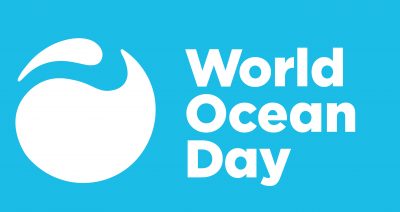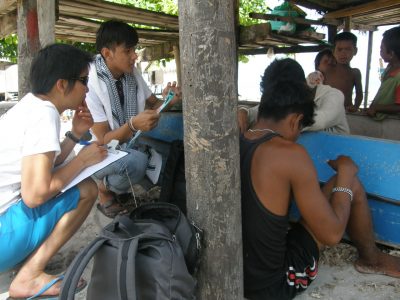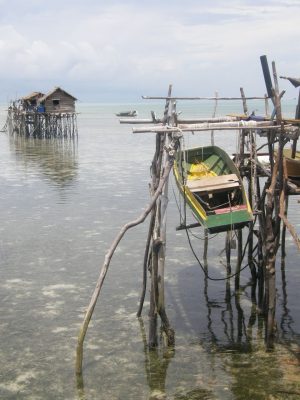How can we do this? By creating marine protected areas (MPA) across the globe that don’t permit destructive activities like fishing or mining.
We asked ocean researchers from the IOF to envision how this target might be achieved, how the world might look different if it were achieved and how their work might change if 30 per cent of the world’s oceans were protected.
Dr. Louise Teh
 We can’t close off 30 per cent of the world’s oceans without political will and without serious consideration of the economic toll doing so would take on many coastal communities, according to Dr. Louise Teh, a research associate in the Fisheries Economics Research Unit.
We can’t close off 30 per cent of the world’s oceans without political will and without serious consideration of the economic toll doing so would take on many coastal communities, according to Dr. Louise Teh, a research associate in the Fisheries Economics Research Unit.
Teh researches the socio-economic aspects of fisheries and ocean sustainability. Her current project is examining whether fishing incomes in the world’s 46 least developed and/or highly fish dependent countries meet international standards for poverty, and then seeing whether the harmful fisheries subsidies those countries provide could be used to “fill in the gap” between fishers’ incomes and the poverty line.
“These countries collectively provide about USD 7.1 billion in harmful fisheries subsidies,” Teh said. “We can use that to close almost all or part of the poverty gap, depending on which measure we use.

©Lydia Teh
Teh thinks that the 30×30 project is admirable, but its success rests upon how these theoretical MPAs are implemented.
“Whether it will be long lasting and beneficial depends on what they consider during the design phase, whether they account for livelihoods and other social and economic activities, or whether it’s done more strictly on a biodiversity basis, which would look more like closing off all the areas entirely,” she said. “You could do it like an outright reserve, in which case, people’s livelihoods might be affected because they don’t allow fishing anymore.”
A system that balances the needs of people who rely on fish for survival and the requirement that oceans have biodiversity is ideal, according to Teh.

©Lydia Teh
“A lot of times it’s also the policymakers who don’t want to do anything. Either they don’t have the political will, or the economic incentive, or they fear backlash from fishing communities…. We have to overcome these sorts of barriers,” she said.
As for how to solve these problems, Teh has one suggestion:
“I think it comes down to giving people the incentive to do something,” she said. “And that comes down to giving people more information and making people realize how important the ocean is for their daily lives.”
By Riley Tjosvold
Tags: Blue economy, FERU, fisheries economics, human dimensions, IOF Research Associates, Louise Teh, Marine protected areas, World Ocean Day